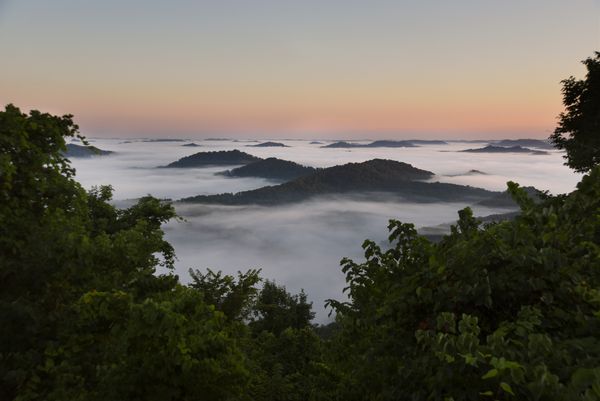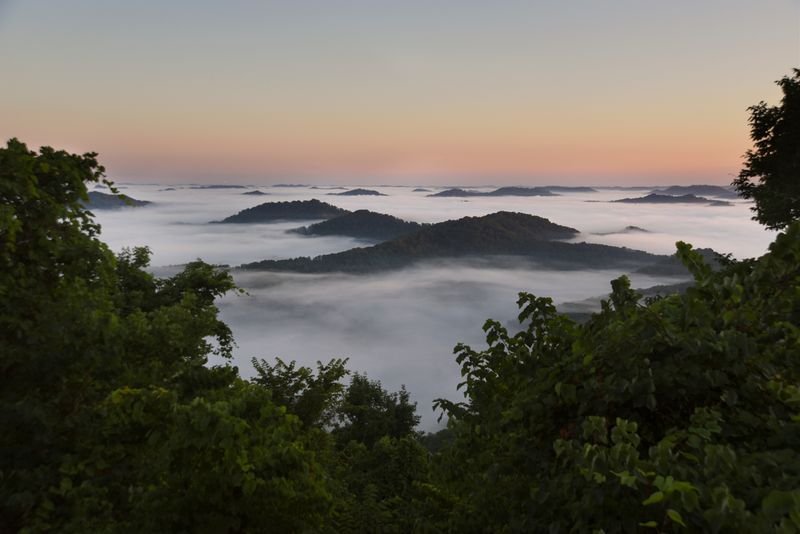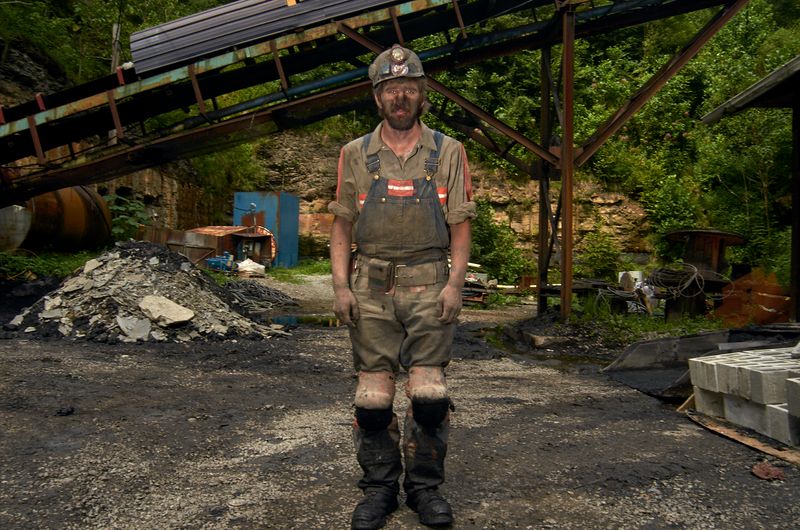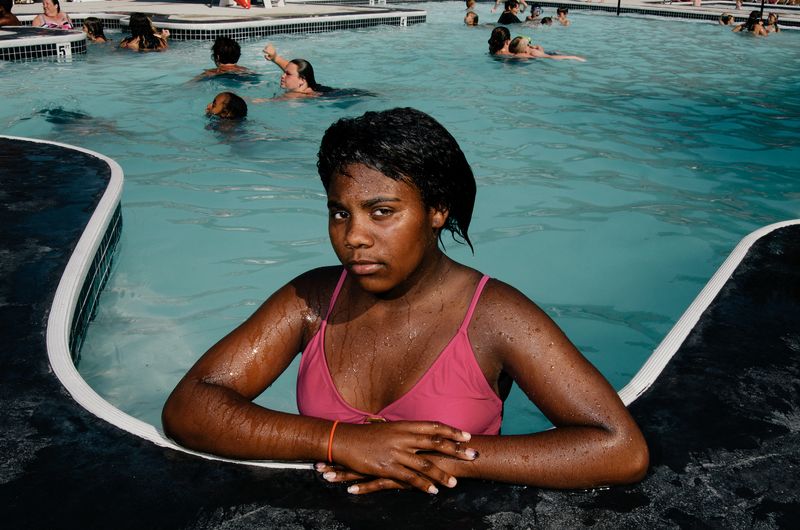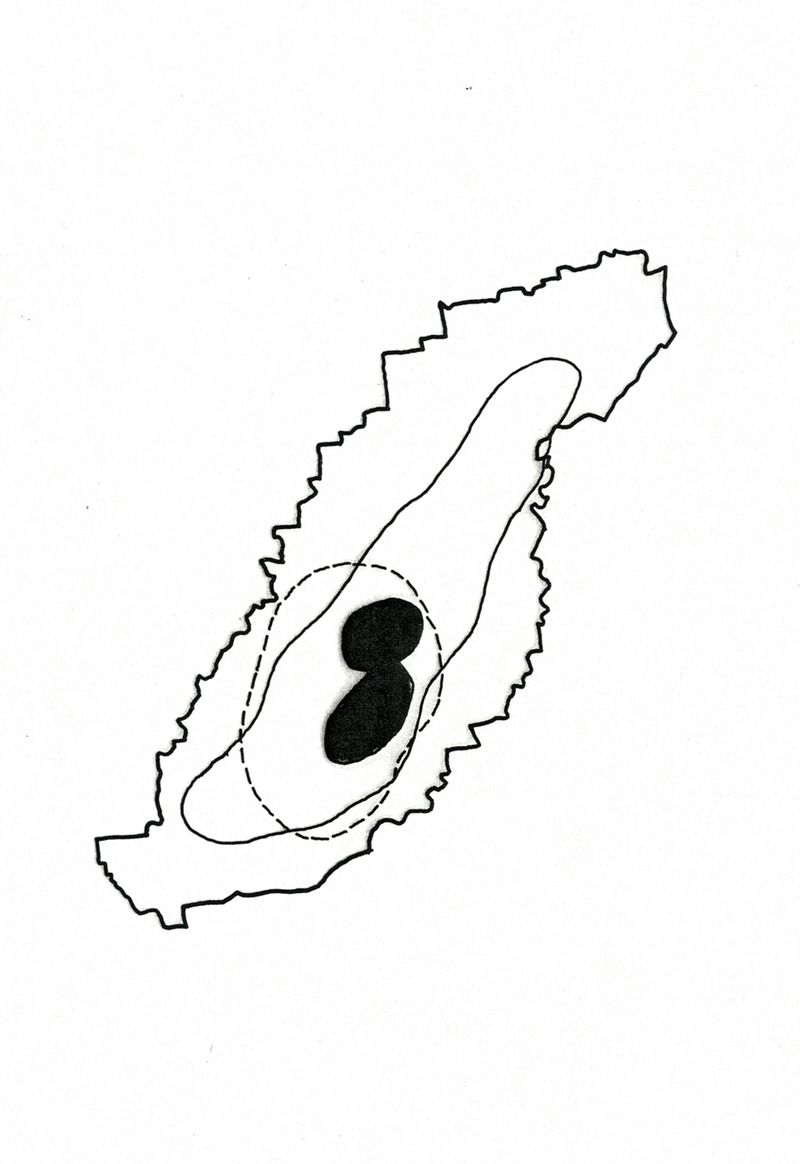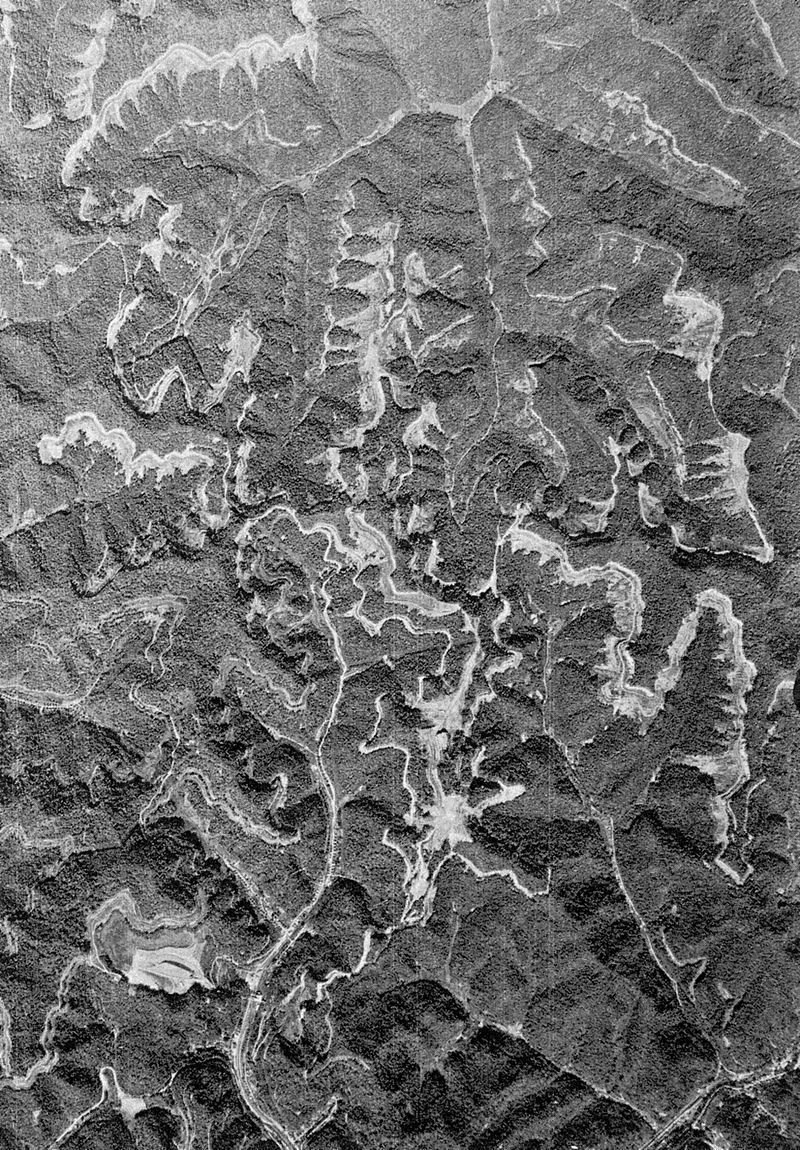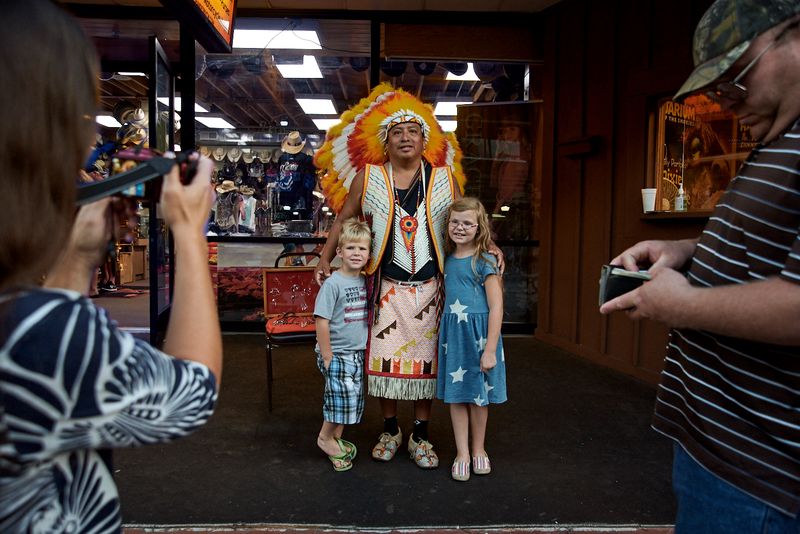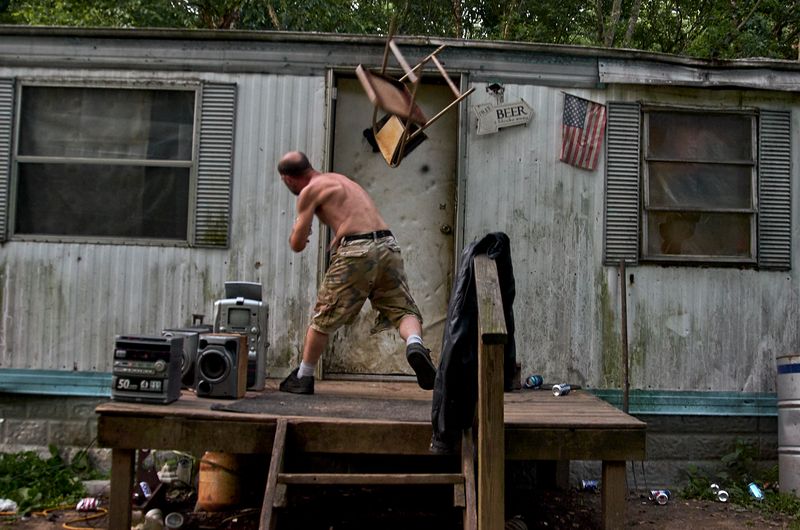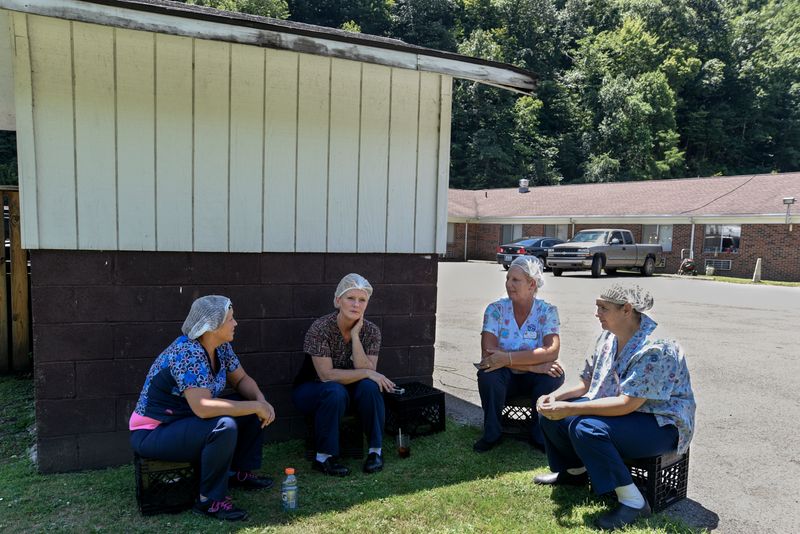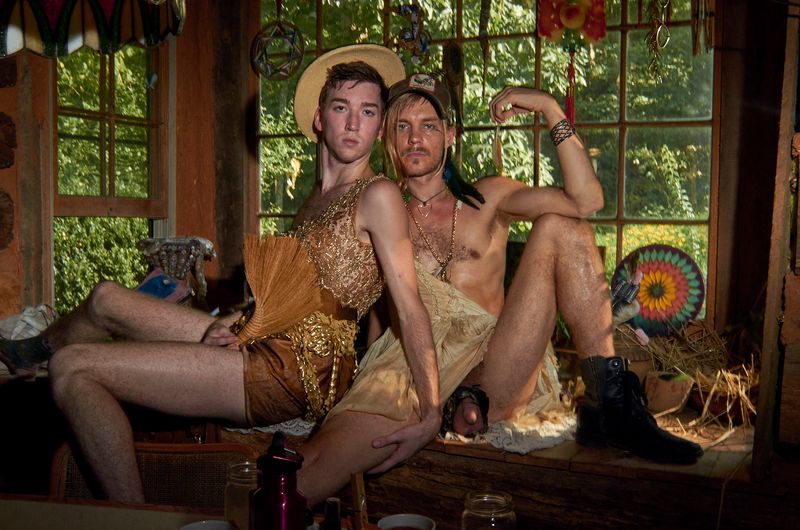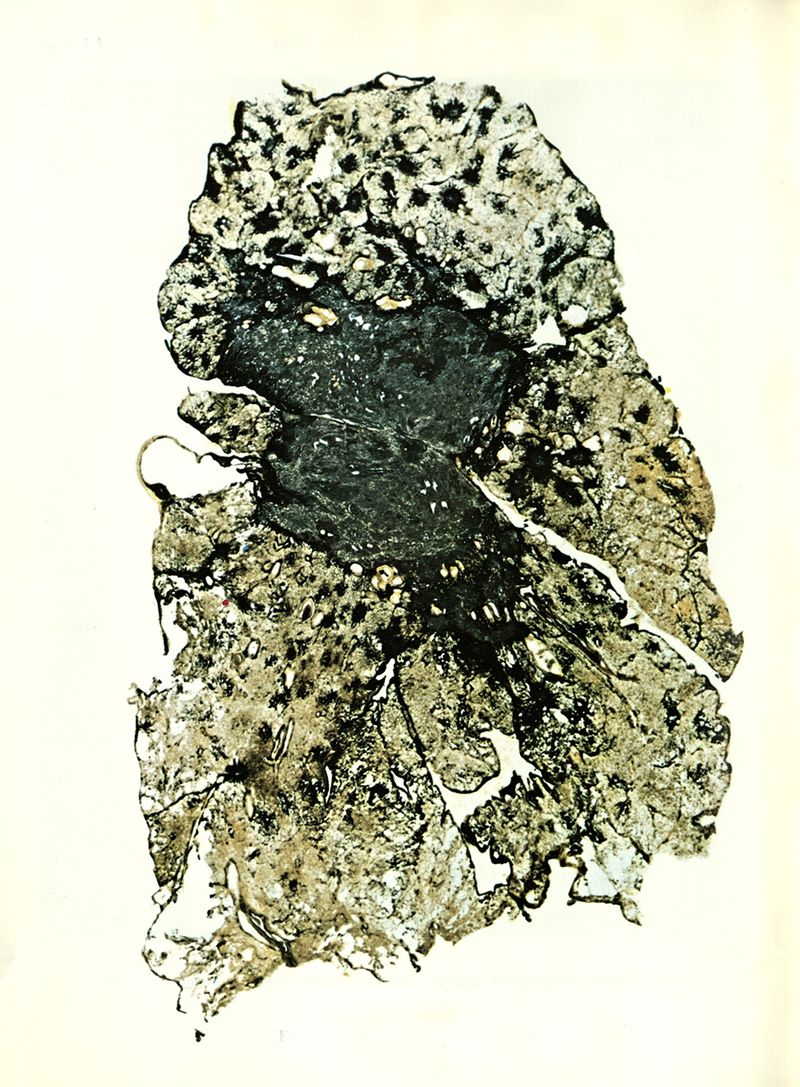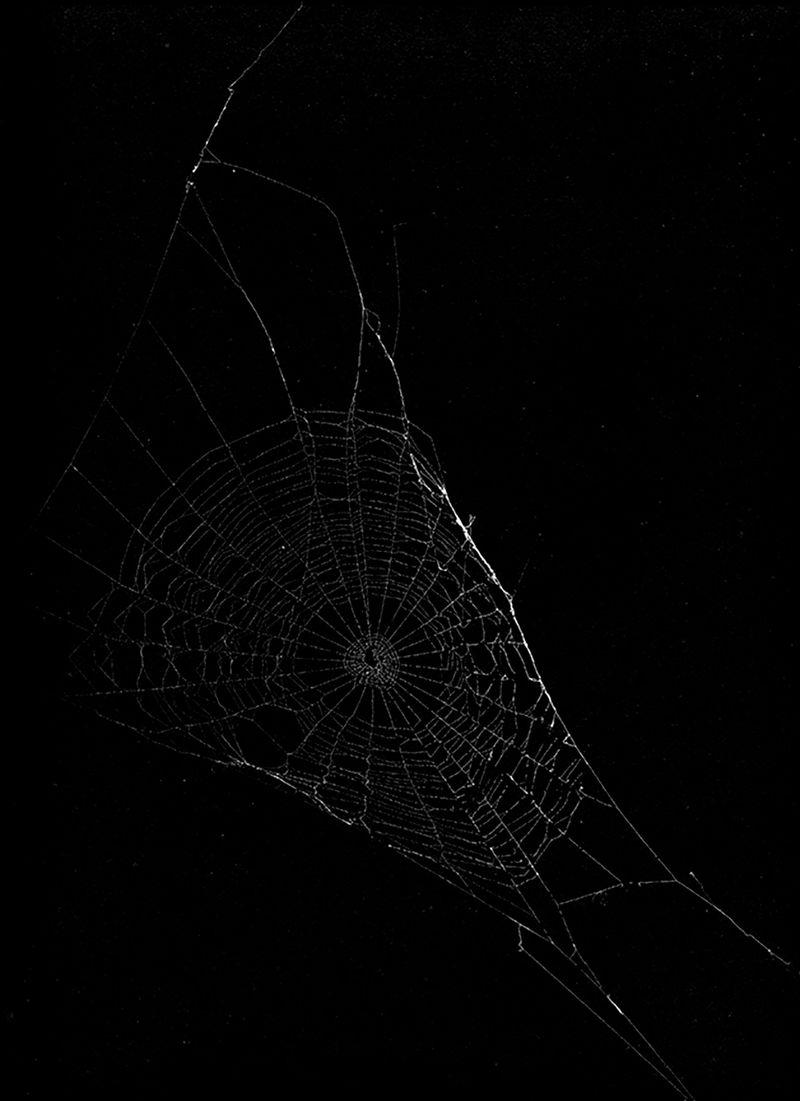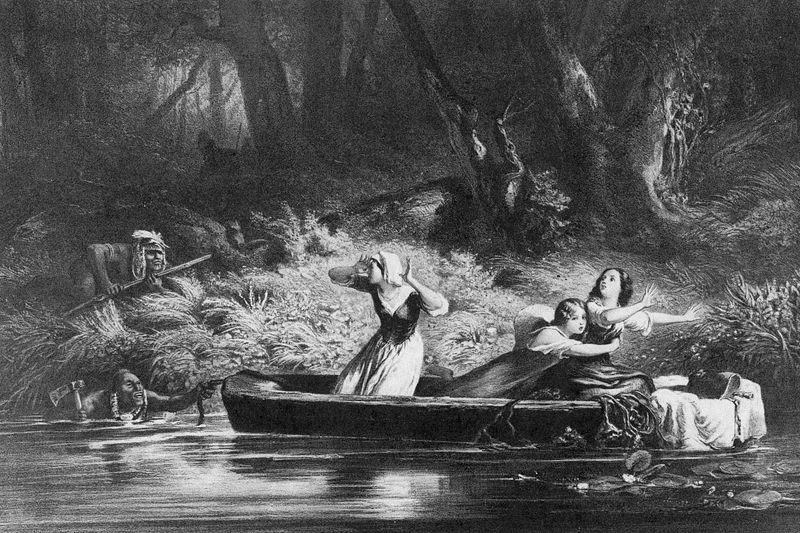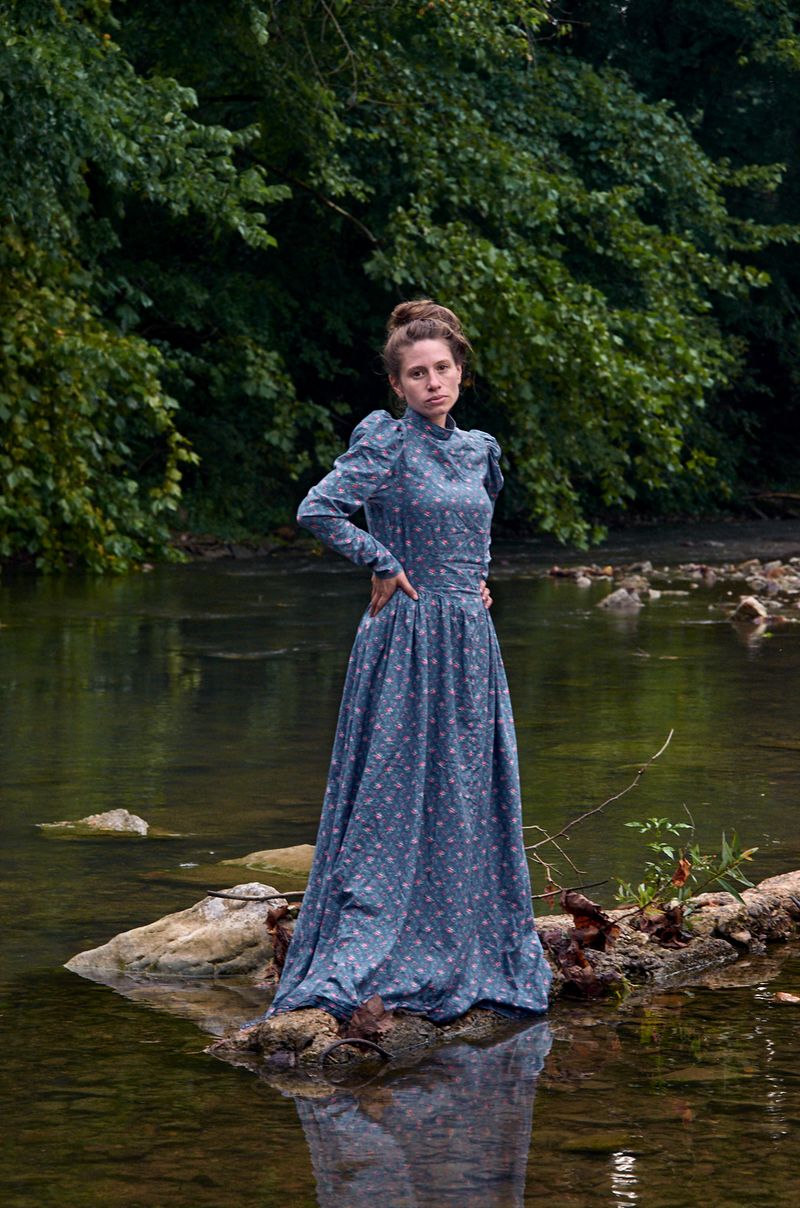As It Was Give(n) To Me
-
Dates2009 - Ongoing
-
Author
For the past ten years, I have been working on a body of work called As it was Give(n) to Me. This collection of images traces exploration and extraction in the Appalachian region of the United States. It visualizes a rural, working-class rebellion that contributed to the election of Donald Trump as the 45th president of the United States.
Since the late 19th century the Appalachian region was devastated by an extraction industry that took valuable resources from the land, offering little to nothing in return for the people who lived there and called it home. In 1964, the United States government chose this place as the poster child for the War on Poverty. Photographers descended on Appalachia to make images that would help unite the American people around the effort to improve the lives of an impoverished people. Instead, it offered a simplistic and superficial image of poverty that has haunted the Appalachian people ever since.
As I began to make work in the region, it became clear that I was part of a legacy of photographers utilizing a medium that empowered a problem. Representing place is a complicated negotiation. How can the photographer demystify stereotypes, represent culture, sum up experience, interpret memory and history in a region where the medium has failed the people?
I began by reckoning with the fact that I had come to Appalachia with a fantasy of what I wanted it to be. I realized this fantasy undermined my desire to provide an objective portrayal because objectivity in documentary photography is its own kind of fantasy. My work in Appalachia is about the tension between these two desires.
I do not want to make images that reinforce mass media’s view of Appalachia as a poverty ridden region. I also do not want to ignore the poverty and only showcases selectively positive
things to offset these stereotypes. Both represent problematic ways of looking at this place. Instead I have chosen to carving out a new photographic path that does not make claims to have an authoritative view of the region. This body of work destabilizes the very claim of knowing the meaning of things at all because culture isn’t something that can be gotten right.
These photographs do not illustrate a certain type of injustice in hopes of remedying it. Instead, I’ve come to Appalachia to open up a new kind of narrative, one that examines our understanding of culture and place in a way that is poised between notions of right and wrong.
Working within the documentary tradition, my photographs acknowledge the failure of representation to ever be able to communicate the other. My images accept their inherent shortcomings (exoticism, ambiguity, fetishization) by reclaiming them as sympathetic equivalents to more forcefully convey the complexity and instability of the lives, places, and moments the images depict. We must embrace the space between ethical imperatives of right or wrong and good or bad if we are ever going to bridge this growing divide in the country.
